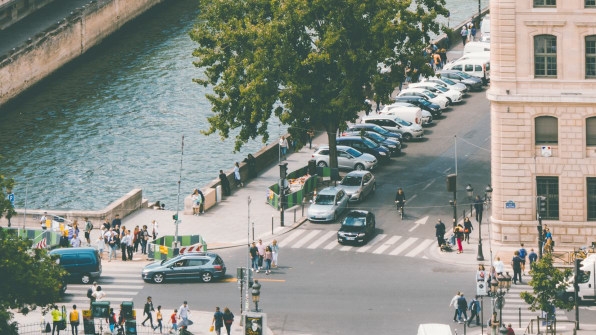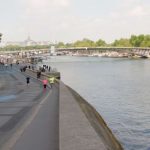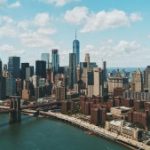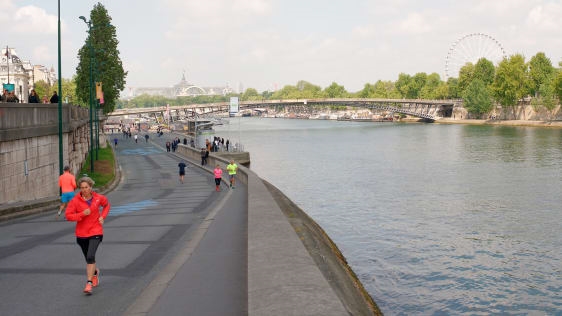Paris Goes To Court To Protect Its Pedestrian Spaces
In 2016, Paris Mayor Anne Hidalgo made a bold move: She declared a two-mile stretch along the right bank of the Seine–prime Paris real estate–closed off to cars. Pedestrians and cyclists filled the scenic span, and what was once a noisy, traffic-jammed road became one of Europe’s most idyllic public spaces. Hidalgo’s administration has aggressively pushed to curb pollution and clear the roads of carbon-emitting and congestion-causing cars.
But according to a recent ruling by the Paris Administrative Court, it exists illegally. Despite having secured approval from the planning department and other government agencies, the court has struck down the development.
After Hidalgo implemented the ban, several conservative politicians–and, predictably, vehicle lobbyists–went to court against it, claiming the city had overridden the required research and implementation process (after routine road maintenance in September 2016 had shuttered the street to cars, Hidalgo just opted to keep it that way and create the pedestrian space).

The court, as it turns out, sided with the lobbyists. In the ruling, the judges stated that the studies regarding the impact of the space included inaccuracies and omissions. And furthermore, the court claimed that Hidalgo does not actually have the legal power to permanently close roads to cars–that ability is limited to special circumstances.
Hidalgo and the Paris City Hall have already said that they’ll appeal the ruling; until then, the ban will remain in place.
Should their appeal be unsuccessful, Paris will have to reckon with a significant loss of quality public space, and a setback to its strong environmental record. Hidalgo, the first female mayor of Paris, has made no secret of her dislike of cars, and her enthusiasm for creating a people-friendly city designed to favor pedestrians, cyclists, and mass transit. By 2025, diesel cars will no longer be welcome in the city, and new electric tram-buses are replacing lanes of traffic throughout the city. City planners are tweaking major intersections to favor pedestrians and cyclists over cars, and under Hidalgo’s tenure, car-free days have dotted the calendar to ease air pollution.
Really, the only people to lose in Paris’s conversion to a truly green city are drivers, and surely they’re capable of exiting their vehicles and taking to the sidewalks, trams, and bike lanes like their co-residents. While surely some have done so–traffic around the pedestrianized Seine bank zone has dropped by 11.2% and 28.8%, respectively, on either side of the river—the right-wing vehicle lobby, particularly groups like 40 Million Motorists, which protested against the car-free zone, remains strong enough to drown out the converters.
Fortunately for the vast majority of Parisians who have benefited from Hidalgo’s plan, the mayor shows no sign of giving way. She’s criticized her opponents by claiming that for them, “car traffic takes priority over public health” and that “an urban motorway is worth more than a park in the center of the city”—neither of which could be further from the truth, and should not by any means form the basis of public policy.
(23)














